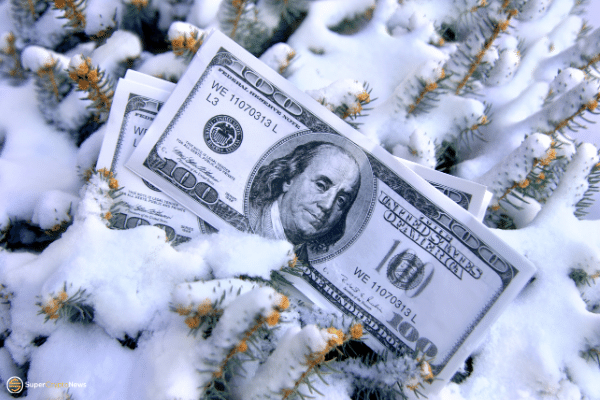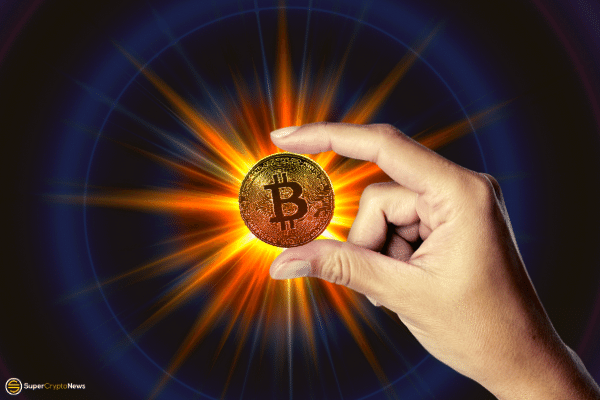
- The surprise inflation numbers surprised markets in a bad way and sparked a sharp selloff in bonds and equities, led primarily by tech.
- With the annual inflation figure coming down from 8.5% to 8.3%, there are signs that even if inflation is not coming down, it’s not running out of control
The good news is U.S. inflation isn’t rising any faster than it already is, but the bad news is that it’s still elevated.
According to the U.S. Labor Department, consumer prices measured by the Consumer Price Index, rose at an annual pace of 8.3% last month, above economist expectations of 8.1% but a step down from the increase recorded in March of 8.5%.
The surprise inflation numbers surprised markets in a bad way and sparked a sharp selloff in bonds and equities, led primarily by tech.
Consumer prices climbed another 0.3% in April, but that was slower than the rise recorded in March of 1.2%, fueled primarily by soaring energy and food costs associated with Russia’s invasion of Ukraine.
Housing, food, airfare and new vehicle costs all helped push up CPI data last month, but the moderating rise in oil prices, because of concerns over Chinese demand from that country’s Covid-zero lockdowns, helped contain overall inflation.
More importantly, stripping out volatile food and fuel prices from last month’s data, core-CPI rose by 0.6%, compared with 0.3% in March.
Long story short, the CPI data will provide yet another data point to confirm the U.S. Federal Reserve’s hawkish pivot and ahead of next month’s policy meeting, investors can well expect that the central bank will hike rates by another 0.50% as promised.
There is a silver lining to the CPI data though, because it could represent the beginning of a peak in the post-pandemic inflation surge in consumer demand coupled with supply chain bottlenecks.
Many economists expect that the pace of consumer price growth will moderate further from these levels as the immediate price shocks caused by the war in Ukraine start to subside and that timing could dovetail with when the Fed has suggested it would lower its rate hikes.
The Fed has indicated earlier that it intends to hike by 0.50% at the next two meetings, the idea being to frontload rate hikes now and then provide bite-sized hikes in the latter half of the year on the assumption that inflationary pressures will ebb.
With the annual inflation figure coming down from 8.5% to 8.3%, there are signs that even if inflation is not coming down, it’s not running out of control.
But investors will need to be wary of several other policy moves on the horizon outside of rates – with the Fed commencing its balance sheet reduction in June, a reliable buyer for U.S. Treasuries would have exited the market, increasing the risk that yields will soar and providing yet another fresh headwind for risk assets.



